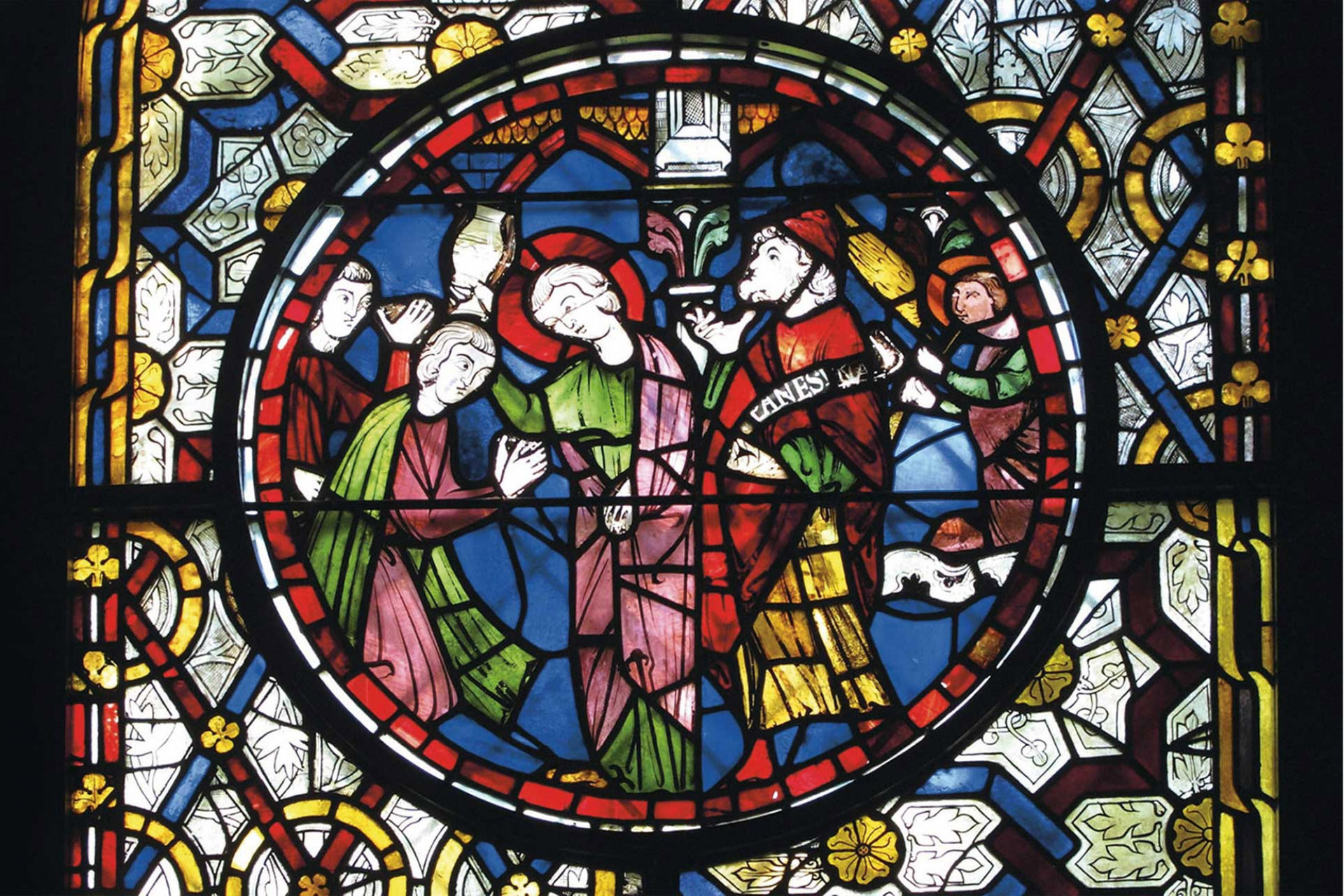Anna Hegland, PhD candidate at the Centre for Medieval and Early Modern Studies, is the author of this month’s ‘Picture this…’ – a collaborative project, designed … Read more
Month: June 2019
MEMS and the 54th International Congress of Medieval Studies at Kalamazoo, May 2019
Every May, thousands of medievalists descend on the town of Kalamazoo, Michigan, to attend the International Congress of Medieval Studies at Western Michigan University, catch … Read more


